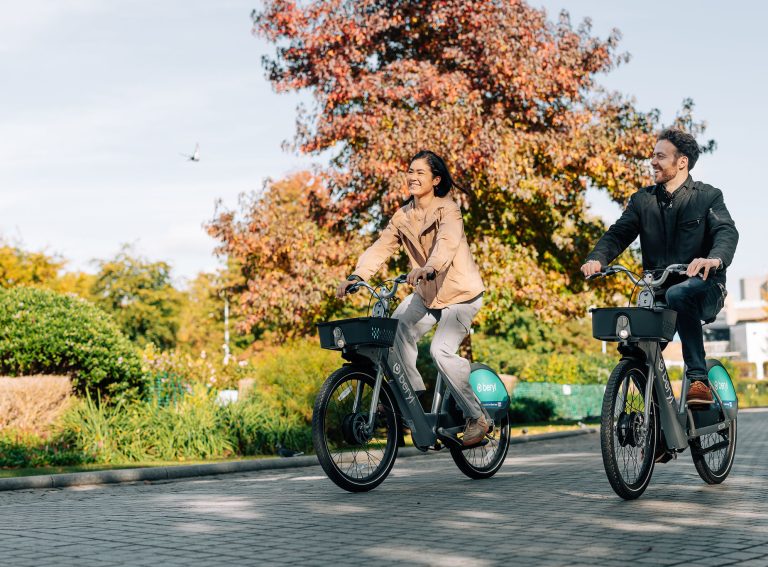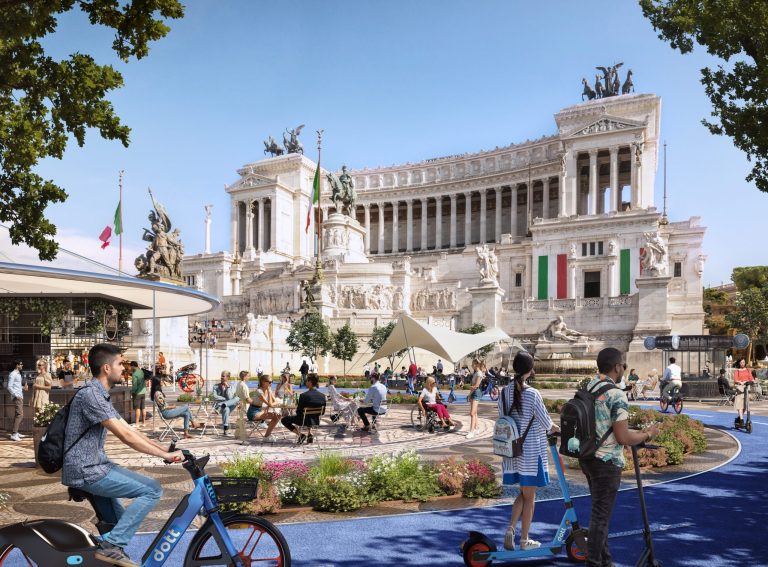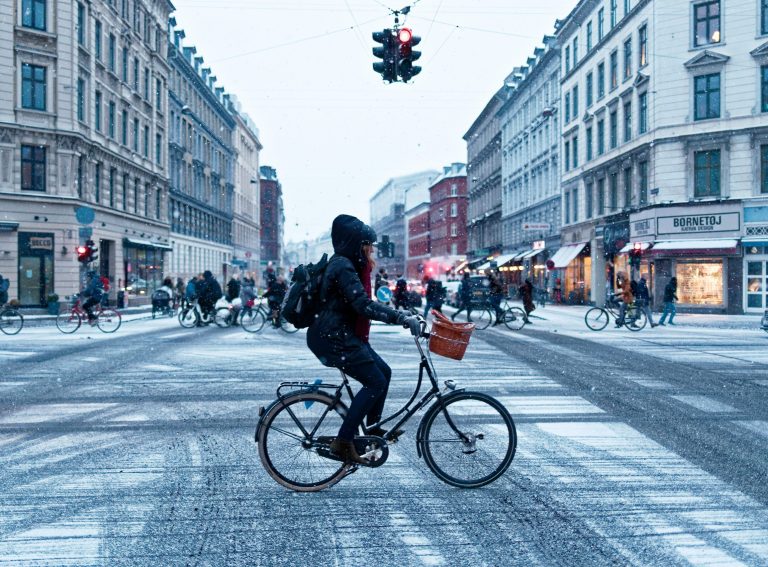Author: Fredrik Hjelm, CEO of Voi Technology
Hornstull, Stockholm is one of my home city’s busiest streets – always bustling with people enjoying a coffee and browsing through shops. But it is also the most polluted street in Stockholm – a far cry from the image of healthy outdoor living that Swedes love.
There are streets similar to Hornstull right across Europe and particularly in the UK’s cities and urban areas. Something has to change and 15 minute cities is a concept which could lead to the change.
The 15-minute city is a place where everything you need, from groceries to healthcare, to nature and education, is reachable within a 15-minute walk, bike or scooter ride from home. It’s a radical idea for city planning that could make our cities more accessible, whilst also leading to less congestion, noise and air pollution. Developed with thought, 15-minute cities can also help to rebuild neighbourhoods and restore ties that were lost through a decades-long switch to motorised transport.
Mobility patterns have changed dramatically during the pandemic and many people appreciated the time and freedom they had when released from the usual commuting patterns. They want to continue investing in and supporting the businesses and organisations in their local area that they have relied on so much for the past year. That has given momentum to the idea that we are capable of changing behaviour for good.
This is important: we need to make our cities more sustainable in the 21st century and adapt our behaviour so that our cities become more welcoming environments and we do not destroy our world. We know that radical actions are needed if we want to fulfil the Paris Agreement and reach national climate targets. The 15 minute city is a way to enable the change so many people want to see.
Across Europe, there are great examples of how urban living and working is changing. These include the introduction of low emission zones in city centres, extensive moves to electrification and bio-fuels, and stop dates for selling fossil fuel-driven cars. Innovative ideas like parklets are springing up to transform former parking spaces into outdoor seating for local cafes and restaurants. We have seen playstreets open where children can ride their bikes safely and new street markets that facilitate the development and growth of new business ventures from food trucks to candle makers.
Yet we need to do more. The reality is that cars still carry a large part of the daily traffic in our cities and removing them risks leaving a vacuum. That is why we need new solutions that reduce our reliance on fossil fuel-driven cars.
Shared micromobility has the potential to be a catalyst for a move away from dependency on cars. The UK Government has been holding e-scooter trials since September and people have flocked to try this new form of transport. Two million rides have been taken in cities including Northampton, Birmingham, Liverpool, Bristol, Bath, Cambridge, Oxfordand Southampton. The average Voi ride in the UK is 14.7 minutes long – the perfect solution to transport people around their 15-minute city.
Our data, which we share with councils, already shows emerging modal shift. For instance, in 2019, 11% of our riders used e-scooters to replace car trips. By the summer of 2020, the share was 14%, that’s an increase of 20% in just one year. We’ve also found that a significant number of people are using e-scooters as a complement to public transport – in fact 63% of Voi’s users reported combining e-scooters and public transportation.
Our long-term vision is to further integrate our service with public transport and eventually to see e-scooter hire options integrated into cities’ monthly public transport cards. It would be as easy to tap and ride as it is to pay on a bus, helping people to move around more efficiently and sustainably in both city centres and suburbs.
One thing is clear: if we are to address the climate crisis facing our planet, we need change on many different levels. Our living patterns must change, as must our travel and consumption habits. There will also need to be changes in energy systems, infrastructure and technology.
By embracing and implementing the 15-minute city, we can all enjoy happier, healthier, and more welcoming cities.
Micromobility has to be the key to this new type of living. City dwellers across Europe are intrigued and excited by the changes they see around them. Let’s make the most of what we have learned in the last year and turn our vision of cities fit to live in into a reality.











